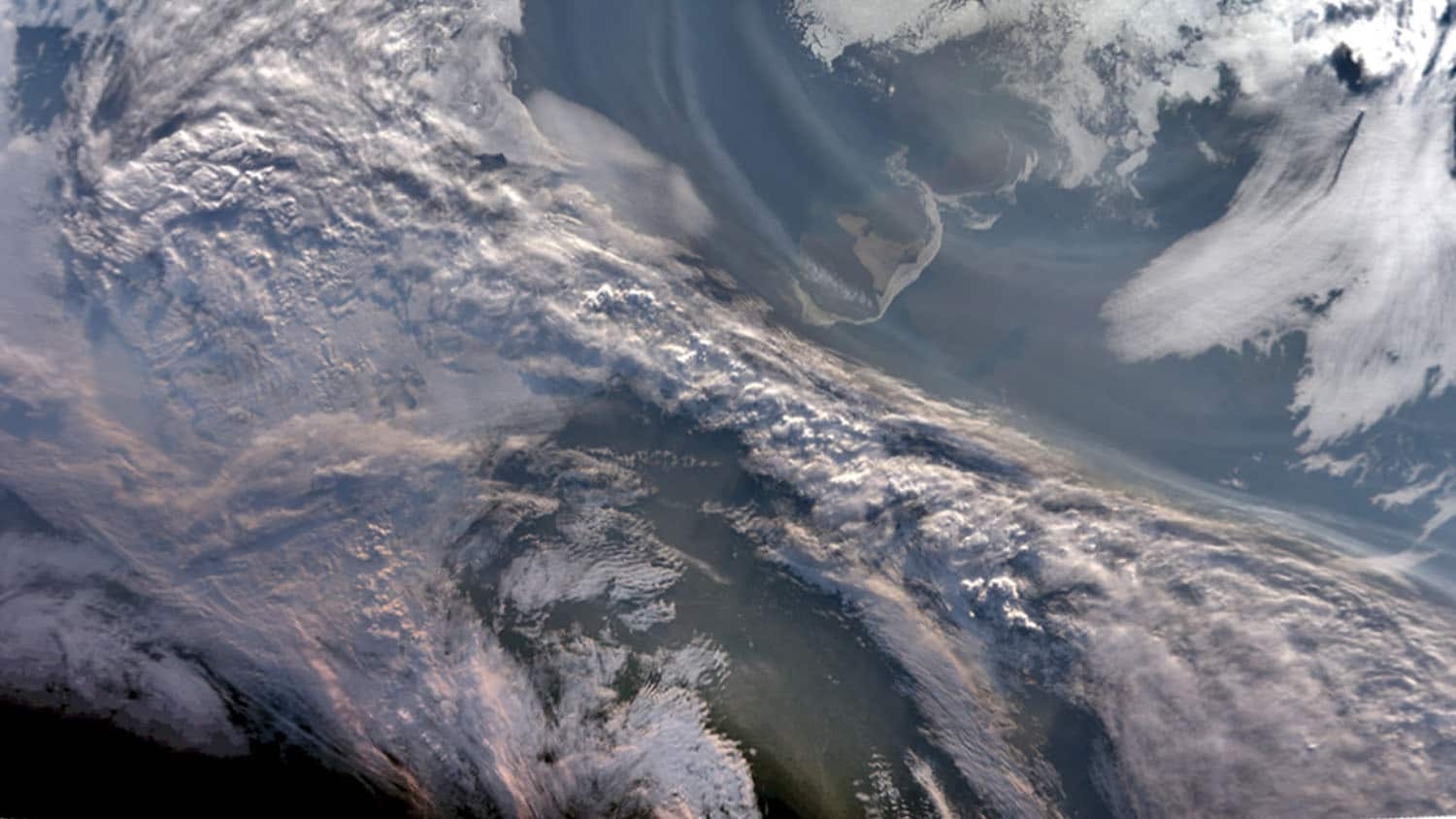Worth Their Salts: Scientists Call for Freshwater Protections from Salinization

We’ve come a long way in promoting the health of our freshwater sources by regulating chemical waste and other pollutants. Now, some scientists are calling for similar standards for dissolved inorganic salts.
The definition of salt here goes beyond the one most of us are familiar with: sodium chloride, or table salt. Salts include a number of inorganic chemicals that occur naturally in our soils – sulfate, potassium or calcium, for example – and can dissolve into freshwater sources, increasing their salinity.
“Seawater encroachment upon freshwater is only one example of freshwater salinization,” says David Buchwalter, a toxicologist at NC State and co-author of an article in Science addressing the issue. “We’re more concerned about human activity that results in increased salination – like mining operations, fracking brines or agricultural irrigation of arid lands.”
Arid soils and rocks that are newly exposed to weathering tend to release salts to water. When water comes into contact with these materials, either through irrigation or rainfall on exposed rock from mining operations, the runoff elevates the salinization of nearby freshwater sources, imperiling the aquatic life there.
“Salts have managed to escape the rules that we’ve set for other chemicals, mainly because people aren’t afraid of salts and don’t perceive them as toxic,” Buchwalter says. “There are rules about salts in drinking water, but concentrations protective of human health won’t protect fish. We can drink mineral or carbonated water, for instance, but fish can’t swim in that.”
Buchwalter and a group of international colleagues hope that by working together they can help inform and develop a set of standards for salinization levels in freshwater sources that will protect aquatic life. But it isn’t a one-size-fits-all proposition.
“Salinity levels that would be considered dangerously high in a river in Appalachia would be considered well below normal for some rivers in the Midwest,” Buchwalter says. “So we would need to establish recommendations for specific geographic regions.”
Salinity is most commonly measured by conductivity, or how well a body of water conducts electricity. The higher the salinity, the more conductive the water. However, merely measuring conductivity doesn’t give you the complete picture of the water source.
“There is a lot we still don’t understand about how the salts affect the physiology of aquatic organisms,” Buchwalter continues. “Is it just the total concentration of all salts that does harm to the wildlife, or does it depend upon the ratios of different salts and how they interact? Answering those questions will be an important step toward addressing the issue.
“But we do know that we’re losing species due to salts, and I’m pleased to be part of an effort to draw more attention to this problem.”
- Categories:


